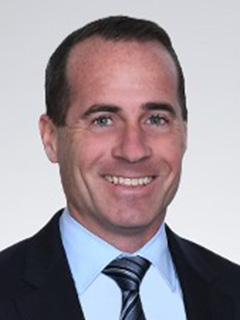A recalibration in motion
The first half of 2025 presented a mixed picture in healthcare M&A—defined not by a surge in volume, but by a strategic recalibration. Dealmakers across the healthcare ecosystem—health systems, digital health, payers, and services—are navigating a complex macroeconomic and regulatory environment, with structurally higher interest rates, trade restrictions affecting medical equipment that remained stable but high relative to expectations, a new administration in Washington, and market reevaluation. With total deal value increasing by 56.0 percent compared to H2’24, the market remained active, with 415 transactions recorded in H1’25, reflecting a mere 1.0 percent decline in volume from the prior half-year.
Strategic buyers continued to dominate, accounting for 60.2 percent of deal volume, while private equity (PE) activity remained resilient despite tighter credit markets. H1’25 was defined by platform-building, renewed focus on value-based care, AI-driven healthtech, and outpatient expansion. Notably, the sector saw a resurgence in healthcare services consolidation, high activity in digital health deals, and a flurry of activity in healthcare logistics and hybrid care delivery.












